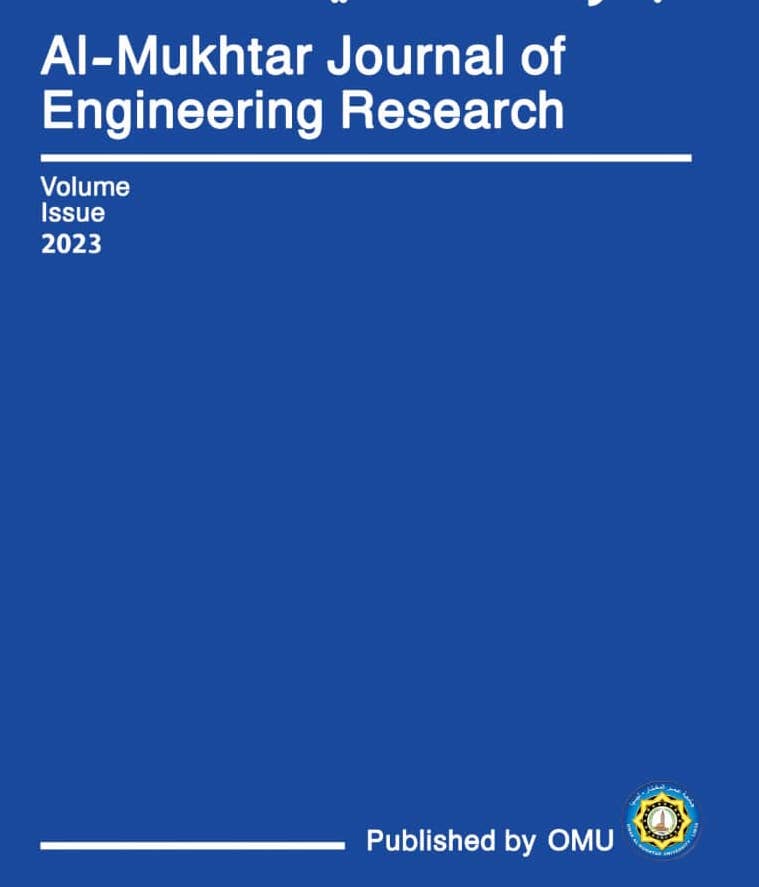Vibration damping using granular materials
DOI:
https://doi.org/10.54172/xs0k3530Keywords:
Damper, Vibration, Excitation, Frequency, beamAbstract
The aim of this paper is to study experimentally and numerically the effects of vibration amplitude and frequency on the performance of granular systems, with a view to optimizing their use in reducing vibrations typically experienced in machinery. Granular material systems are highly nonlinear systems and, as such, have multiple factors that will affect any experiment. This nature of granular material systems caused some discrepancies between experiment results and the simulations of mathematical models. However, the nonlinear aspect of particle damping restricted researching its theory, but the experiment research has largely surmounted that limitation. Experimental results suggested several damping theories. Accordingly, the ability to reduce vibrations of particle dampers depends on several external and internal factors. The two external factors are excitation amplitude and its frequency, whereas the internal factors are related to the properties of the particles and the size of the container. Other internal factors relate to the mass ratio of total particles to the primary structure and particle placement. The experimental work included developing a computational single degree of freedom (SDOF) model to provide better understanding of the effect of shock vibration and work with the future experimental work.
Downloads
Published
Issue
Section
License
Copyright (c) 2023 Al-Mukhtar Journal of Engineering Research

This work is licensed under a Creative Commons Attribution-NonCommercial 4.0 International License.
Copyright of the articles Published by Al-Mukhtar Journal of Engineering Research (Mjer) is retained by the author(s), who grant Mjer a license to publish the article. Authors also grant any third party the right to use the article freely as long as its integrity is maintained and its original authors and cite Mjer as the original publisher. Also, they accept the article remains published by the Mjer website (except in the occasion of a retraction of the article).




